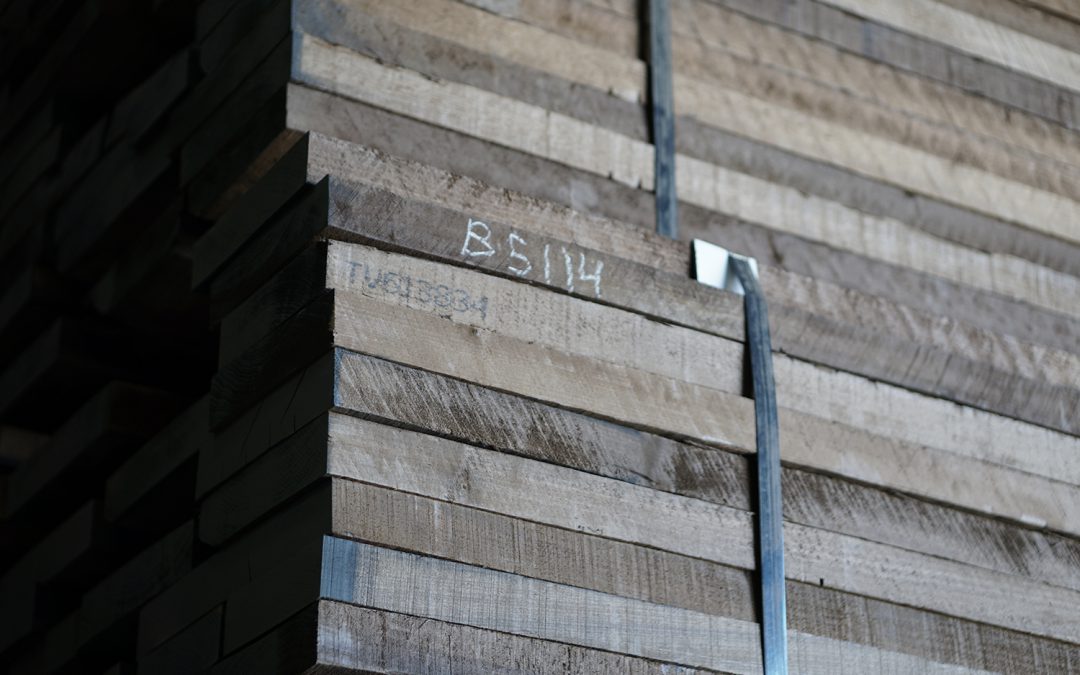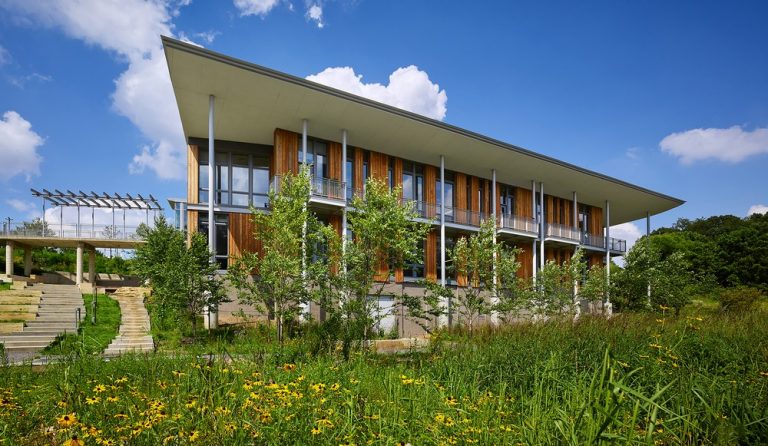
by William | Aug 11, 2023 | Healthy Living
Dear Readers,
Please join me in welcoming Abby Holt! Our first guest writer on Sustaining Tree, Abby is the creator of Craftability~ a website made to inspire readers to put their own crafting abilities to good use, whether it’s painting, jewelry-making, quilting, or calligraphy.

by William | Mar 9, 2022 | Healthy Living
Dear Readers,
PennState Extension provides an abundance of opportunities for gardeners, farmers, landowners, and general land-learning-enthusiasts to become more familiar with the environments we grow, harvest, and live on. William and I have attended a couple of their webinars, and we are learning so much about our local watersheds and forests. More specifically, we are learning how to protect, and steward our local watersheds and forests.
From identify invasives and the causes of their perpetuation, to stream bed restoration, to the pros and cons of ponds…to reforestation of heavily forested and clear-cut areas, this year’s Forest Landowner Conference has given us new insights and goals for our lil’ piece of land in the Land of the Laurels, as well as some inspiration for my parent’s property!
The seminar itself contained four webinars, each about an hour long. Each webinar will be (very) briefly covered in this blog. If my synopses leave you hungry for more, no worries! I shall include a link to each of the recordings for your further perusal and learning!

by William | Feb 9, 2022 | Healthy Living
Dear Readers,
The endeavor to build this crazy house of ours has been fraught with difficulties. I can’t count the number of times I have turned to William and asked, “Do you ever regret not pursuing a project more…normal?” His answer has always been the same: “No.” And I agree. I just have to ask…
Amid the difficulties are ground-breaking enlightenments, inspiring learning experiences, and a growing sense of ‘awe’ and appreciation for individuals, groups, firms, and manufacturers who are paving the way for advocacy in responsible regenerative design and living. That sentence sure was a mouthful. But some things are just worth talkin’ about…
Bingaman & Son Lumber is one manufacturer that floored William and I with their processes and very ethos as a company. And they are certainly worth talking about! Hence this blog 🙂
From the onset of designing our home, William and I wanted to use what is called ‘thermally modified wood.’ Thermally modified wood is lumber that is heated just about to the point of combustion. The intense heat caramelizes the sugar and starches in the wood, and solidifies the cells of the wood itself. The result is a dark, beautiful wood (that smells a bit like slightly over-baked chocolate chip cookies…) that is insect (unlike cookies, the wood now lacks the enticing sugar) and water resistant.

by William | Jan 26, 2022 | Healthy Living
Dear Readers,
I’ll start by being honest: I, myself, am pursuing my Living Future Accreditation (LFA). So, yes, this blog is why individuals like me should be employed by architecture, design, project engineering, and construction teams. Those who are passionate about something would obviously love to spread that passion…and getting paid for it is of course a bonus.
With the admittance that this blog can simultaneously act as a cover letter out of the way, let’s begin.
Why you need an LFA Professional:

by William | Jan 19, 2022 | Healthy Living
Dear Readers,
Welcome, to the Land of the Laurels…in Winter.
The frailty of human life is very much felt when you are cold…very cold. Yet, the Land of the Laurels still feels very much alive. Quieter, yes. But alive and vibrant and hewn to the change of seasons. William and I want to include some of these natural senses into our home. But with thermal comfort…we would like to maintain the thermal comfort…
With the built environment being the current human habitat, biophilic design is a way we can connect with the land we are on, while keeping the snot in our noses from freezing. If any of you remember my DIY moss wall endeavor, then you had a very brief introduction to biophilic design. Using the above “Biophilic Reference Study” of the Land of the Laurels in the winter, we are going to take it a step further. Biophilic design, at its core, is the love of life itself (biophilia), and its interconnected, holistic, incorporation into the human-built environment.

by William | Jul 14, 2021 | Healthy Living
Dear Readers,
This is just a quick blog on some exciting additions to the Living Building Challenge’s list of products with Declare labels. A “Declare label” put simply is essentially a ‘nutrition label’ that details what exactly goes into the making of a product, where it is made, and what to do with it at the end of its useful life.
Originally, when William and I first officially decided to pursue full Living Building Challenge certification, their Declare page didn’t have too much going on. Mostly office chairs and carpet tiles, really.
But now….there are products with Declare labels that we could actually use listed in their database! And not only could we use them, you probably could too! Which is so, so wonderful. If you would like to look at the current database on your own, you can go here: Declare – International Living Future Institute (living-future.org)
I, however, am only going to briefly mention to you a few of the particular products we find both exciting and applicable to our home’s design.
The first few I’ll mention are Owens Corning’s Foamglas Insulation and Verduren’s liquid linoleum floor. We are considering using these products for our foundation systems for our mulch basin and composting toilet tank enclosures. Both the Verduren flooring and the foamglas insulation are Red List free and have the potential to be recycled. The Verduren flooring is more recyclable than the insulation admittedly. But still. It’s cool. Just the fact that some manufacturers are willing to be open about what exactly goes into their products and where they are made is a step forward in a wide-spread recognition of both our footprints and handprints. Of course, additional independent research is always encouraged.






